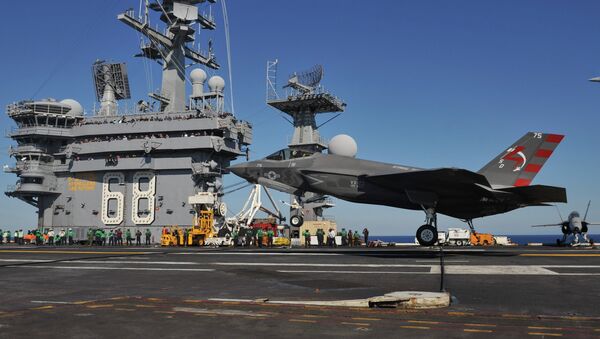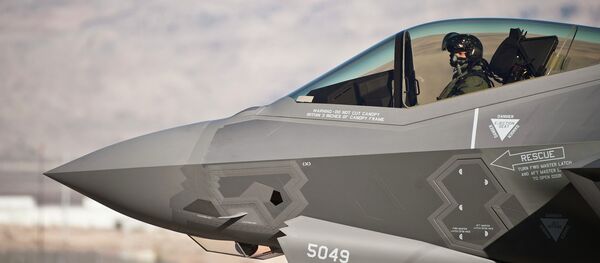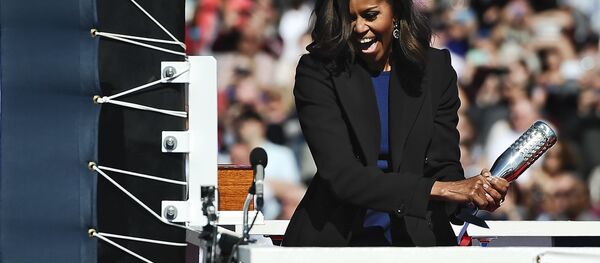Two F-35Cs operated from the Eisenhower, about 100 miles off the coast of Virginia, as part of a two-week series of developmental trials.
During the jet's second-ever at-sea trials, tests pilots wore the new Gen III helmet, which incorporated improvements on the previous generation headgear, IHS Jane’s reported.
"Throughout the program… some areas of improvement [were] needed for the helmet. One of them was the green-glow improvement, [and] also the ability to align it in the jet," said Commander Christian Sewell, the government flight test director for F-35 Integrated Test Force. "The Gen III gives us that. This was our first opportunity for us to fly that off this ship."
The two-week testing period also marked the first time the F-35C was armed with weapons, including a Joint Direct Attack Munition and 2,000-pound Advanced Medium Range Air-to-Air missiles, IHS Jane’s reported.
The aircraft is about 80% of the way through development testing, Rear Admiral John Haley, commander of Naval Air Force Atlantic, told Breaking Defense.
The Navy plans to use the F-35C to replace the F-18 Hornet in 2018. A different version of the F-35 are already in use by the Marine Corps, and the Air Force variant is scheduled for summer of 2016.
Military officials have criticized the F-35 for not being suitable for dogfights. Haley disputes these claims, saying the jet would perform well against enemy jets up close.
"It's not about stealthy. It's about the entire air frame itself and what it brings to the fight," Haley told The Daily Press. "And bringing that up and down off the carrier provides the country with huge, huge benefits and a lot of latitude of where we operate that air platform."
The program has also been criticized for its cost. The Pentagon has allotted a $400 billion budget for the F-35, including delays in development.




